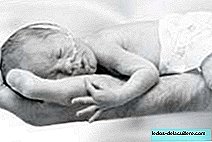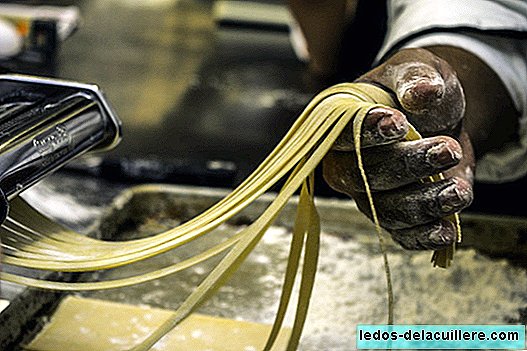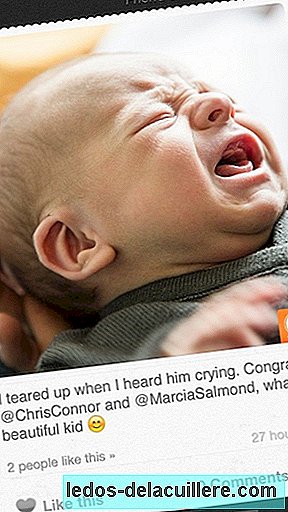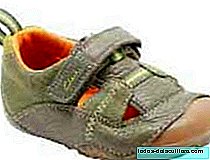
With the arrival of heat (I do not say 'good weather' because being at more than 30th at the beginning of June is not the ideal situation) infections caused by viruses or bacteria that affect our respiratory or digestive system are still frequent. In fact at home we have been a week with cough, mucus and sore throat, fortunately not too serious.
I have a boy with a good immune system that has not had a fever in years (although he has his weak points like everyone else) and a girl who has minimal contact with a virus who gets sick. I know that in healthy children the fever does not have to indicate very serious situations, but still it is not easy to lose his fear, however I have achieved it, because it is much better to act with the 'cold head'. I have brought you the 'fever decalogue' of the Spanish Association of Primary Care Pediatrics, because I believe that families need information on what to base our decisions.
What is fever, myths and special situations
1.- The fever it is not a disease, is a mechanism of defense of the organism against infections, both caused by viruses and bacteria.
2.- The fever itself does not cause brain damage, or blindness, or deafness, or death.
3.- Some children predisposed (4%) may have fever seizures But the treatment of fever does not prevent these seizures. Medications to reduce fever should never be given for this purpose.
Treatment
4.- Febrile children should be treated only when fever is accompanied by malaise or pain.
Ibuprofen and acetaminophen have the same efficacy to treat pain and its dosage should be done based on the child's weight and not on age. The combination or alternation of ibuprofen and paracetamol is not advisable.
5.- The use of damp cloths, scrubs of alcohol, undressing children, showers, toilets ... for the treatment of fever is discouraged.
When our internal thermostat increases body temperature above normal values (37 degrees Celsius) we talk about having a fever. It is the hypothalamus that adjusts our temperature, and sometimes causes high temperatures in response to infection, disease or other reasons. Fever is an adaptive response to combat internal elements that can cause us harm
Care
6.- Do not shelter or undress the child with fever too much.
7.- The child with a fever should be well hydrated. It is necessary to frequently offer liquids and ensure that they have carbohydrates (fruit juices, smoothies, porridge, etc.).
Tracing
8.- The use of paracetamol or ibuprofen is not advisable after vaccination to prevent febrile or local reactions.
9.- Neither the amount of fever nor its decrease after administering ibuprofen or paracetamol serve to guide the severity of the infection.
10.- They must monitor signs of clinical worsening and consult urgently if children have:
Spots on the skin, dark red or purple, that do not disappear when the surrounding skin is stretched.
Decay, irritability or excessive crying and difficult to calm.
Stiff neck.
Convulsion or loss of consciousness.
Trouble breathing (mark the ribs and sink the sternum, they sound like whistles when you breathe, very fast breathing, agitated, etc.).
Persistent or very abundant vomiting and / or diarrhea that causes dehydration (dry tongue, absence of saliva, sunken eyes, etc.).
When they do not urinate or urine is scarce.
Urgent consultation always requires fever in a child younger than 3 months.
Lucky that our children have us to take care of them when they get sick, right?












